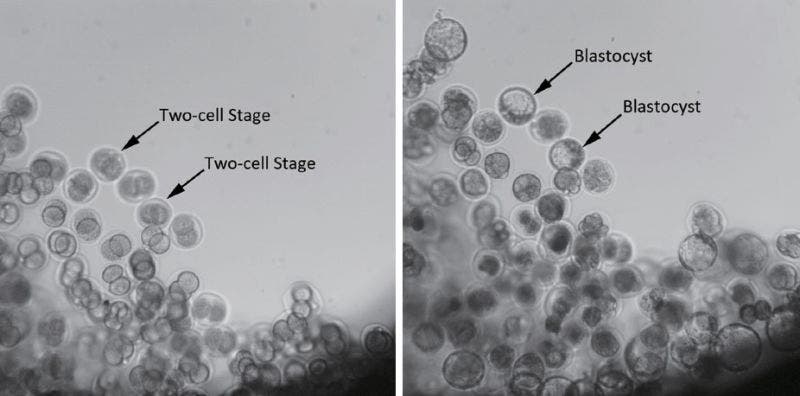We, humans, are the product of millions of years of evolution that took place on this planet we call Earth. Humans have set foot on the moon, lived for up to 18 months in a space station and in the foreseeable future will permanently settle on the moon and Mars. Naturally, if our species is to go full-blown interstellar, humans will have to reproduce in space. Is this possible? What are the challenges? These are vital questions we need to answer in order to ensure humanity can endure past the age of hospital conditions on Earth. This paradise won’t last forever.

There’s confidence that reproducing in space is indeed possible, based on previous research. The most recent experiment made by Chinese scientists, for instance, proved that mammalian embryos can develop in microgravity. On the 6th of April, 6,000 mouse two-cell embryos were placed inside a controlled chamber that provided nutrients, but also imaged and measured biological activity, and launched aboard the SJ-10 satellite. After 96 hours, these developed into advanced blastocysts. This means the embryo has divided many more times into many more cells over this period. During this stage, the embryos are considered viable for implant in the uterus where the next development phases can begin, like gastrulation.
Instruments inside the chamber that houses the embryos returned a couple of images that show the embryo differentiation. This phase might seem trivial, but it’s a very important step to full mammalian conception from start to finish in space.
In 2007, Roscosmos sent a crew of geckos, newts, snails, Mongolian gerbils and cockroaches to space and landed the experiment back on Earth 12 days later. The cockroaches were the first to mate in space, and researchers were even able to identify which of them was the first to conceive in space – a cockroach named Nadezhda, which means “hope” in Russian. Interestingly enough, the roaches “run faster than ordinary cockroaches, and are much more energetic and resilient”, according to Russian researchers. In 2014, Russian scientists made a sex-experiment by sending five geckos inside a spacecraft. The idea was to study how the geckos mate and reproduce, but unfortunately the geckos didn’t survive the journey.
In 2009, Japanese researchers found mammalian fertilization is very likely in space, but Earth’s gravity might be required for embryo development. “The researchers artificially fertilized mouse eggs with sperm that had been stored inside a three-dimensional clinostat, a machine that mimics weightlessness by rotating objects in such a way that the effects of gravity are spread in every direction,” according to Wired. Some of the implanted embryos in female mice survived a healthy birth, but a much lower rate than control groups.
More experiments will have to be carried out before we know for sure what happens to mammalian embryos in space. So far, there’s reason to believe this won’t be easy.
“The human race may still have a long way to go before we can colonize the space. But before that, we have to figure out whether it is possible for us to survive and reproduce in the outer space environment like we do on Earth. Now, we finally proved that the most crucial step in our reproduction – the early embryo development – is possible in the outer space,” said Professor Duan Enkui who led the experiment which shows mouse blastocysts can develop in microgravity.






